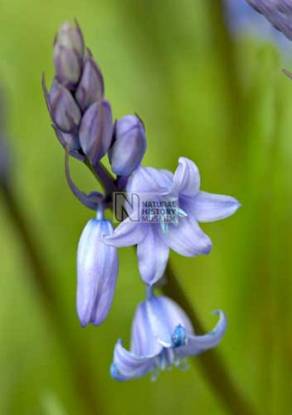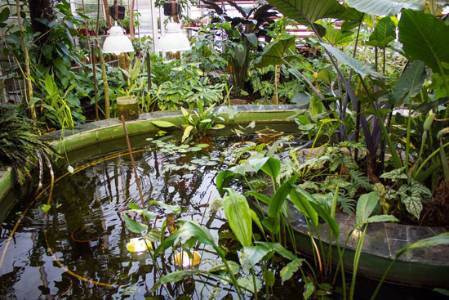
“Across the disciplines” - a student’s perspective on the Marie Curie Initial Training network INTERCROSSING: Introduction to a natural hybrid zone between bluebells species in northern Spain
Jeannine Marquardt
Department of Life Sciences, NHM
Wednesday 4 of December 11:00
Sir Neil Chalmers seminar room, Darwin Centre LG16 (below Attenborough studio)
This presentation will be split in two parts: (1) I will introduce the Marie Curie ITN INTERCROSSING. The principal strategic objective of INTERCROSSING is the cultivation of a new type of early stage researcher (ESR) to deal with challenges of exploiting the latest Next Generation Sequencing (NGS) technologies. The consortium behind INTERCROSSING are all using NGS technologies, but have found the recruitment of appropriate Early Stage Researchers (ESRs) a major obstacle to build on their innovations. A combination of industrial and academic partners deliver training courses equipping the ESRs to traverse the barriers between these disciplines. Taught courses will provide practical experience of NGS data acquisition, computational methods, model-based statistical inference and population genetics. The NHM - the only charity partner - will deliver training in citizen science and public communication. My PhD project within the ITN (2), one of the few actually using data of non-model organisms, is about studying introgression between Hyacinthoides non-scripta (the British bluebell) and H. hispanica in the natural environment in northern Spain. The analysis of hybrid zones provides a window into speciation from which we can learn about processes that drive species divergence. Especially using genome wide markers generated with NGS technology we have the potential to gain lots of information about the species’ evolutionary history. I will focus on early results from fieldwork and preliminary analyses of the transcriptome.

(Image from Perm State University Web pages)
Botanical Garden of the Perm State University, Russia: its history, living collections and research
Sergei Shumikhin
Perm State University, Russia
Wednesday 4 of December 11:30
Sir Neil Chalmers seminar room, Darwin Centre LG16 (below Attenborough studio)
The oldest in the Urals botanical garden of the Perm University (Perm Botanical Garden) was founded in 1922 by Professor Alexander Genkel, a prominent Russian algologist famous for his work in the Arctic Ocean. In the past, several renowned Russian scientists, including physiologist Dmitry Sabinin and geobotanist Vladimir Baranov were among the Directors of the Perm Botanical Garden. Now it is a large scientific, educational and cultural centre of the Western Ural with the ex situ collections totalling over 6,500 taxa. One of the main activities of the Botanical Garden is studying and preservation of biodiversity of the local flora. This talk presents the history of the Perm Botanical Garden, its living collections and main research activities, including introduction and re-introduction of Red List species.
For additional details on attending this or other seminars see http://www.nhm.ac.uk/research-curation/seminars-events/index.html





